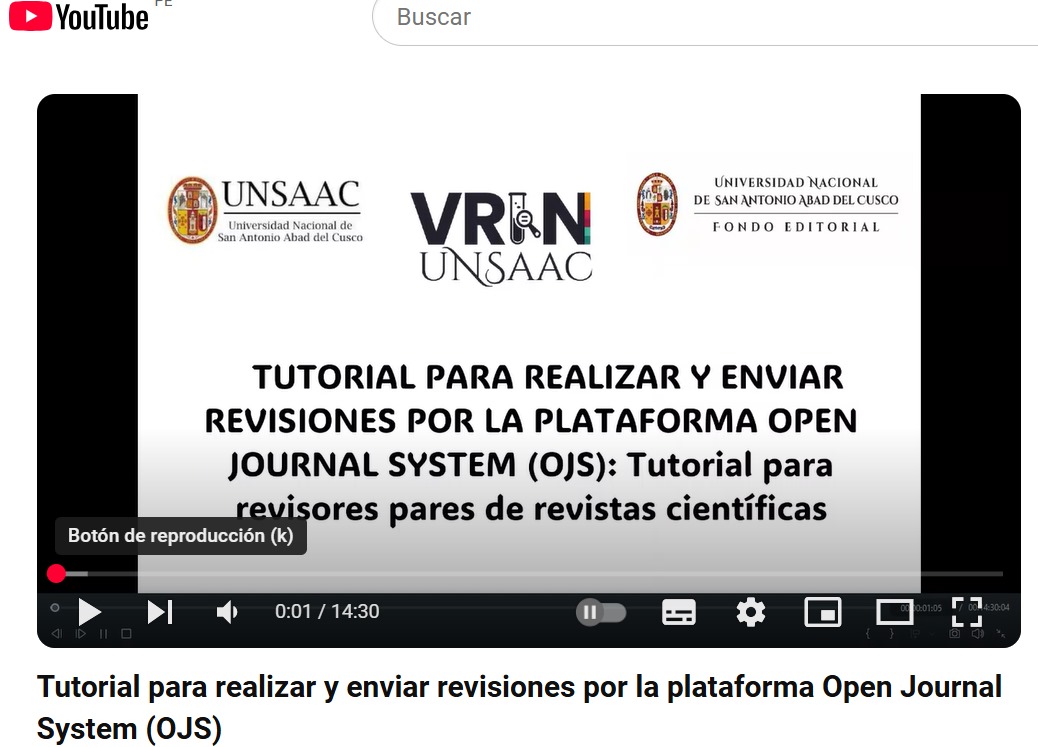Remoción de amoxicilina de aguas contaminadas por electrocoagulación
DOI:
https://doi.org/10.51343/racs.v6i1.1105Palabras clave:
Electrocoagulación, Amoxicilina, aguas contaminadas, pH, voltaje, DQOResumen
El objetivo de la investigación fue determinar el grado de reducción de amoxicilina en aguas contaminadas, mediante el proceso de electrocoagulación. La celda de electrocoagulación trabajó con electrodos de acero inoxidable y aluminio (cátodo y ánodo respectivamente), para una capacidad de 1 litro de agua contaminada.
El proceso consistió en suministrar corriente eléctrica a través de los electrodos, haciendo que las partículas en suspensión pierdan su estabilidad y así formen aglomerados que flotaron hacia la superficie del agua, así como precipitados que cayeron hacia la base de la celda de electrocoagulación. Por tal motivo, la investigación es de tipo aplicativo con un enfoque cuantitativo y diseño experimental. Para lo cual se realizaron 9 experimentos donde se trabajaron con las variables de Voltaje (7, 9 y 11V) y pH (5, 6.5 y 8), lográndose remociones entre 47.2 mg/L hasta 7.9 mg/L, resultando que las dos variables en estudio fueron significativas. Se concluyó que a condiciones de pH=5 y V=11V, se logró la mayor remoción de la Demanda Química de Oxigeno (%DQOe) 84.56%; por tanto, es posible aplicar el tratamiento de electrocoagulación a
aguas contaminadas con Amoxicilina.
Descargas
Publicado
Cómo citar
Número
Sección
Licencia
Usted es libre de:
- Compartir: Copiar y redistribuir el material en cualquier medio o formato para cualquier propósito, incluso comercialmente.
- Adaptar: Remezclar, transformar y construir a partir del material para cualquier propósito, incluso comercialmente.










.png)



